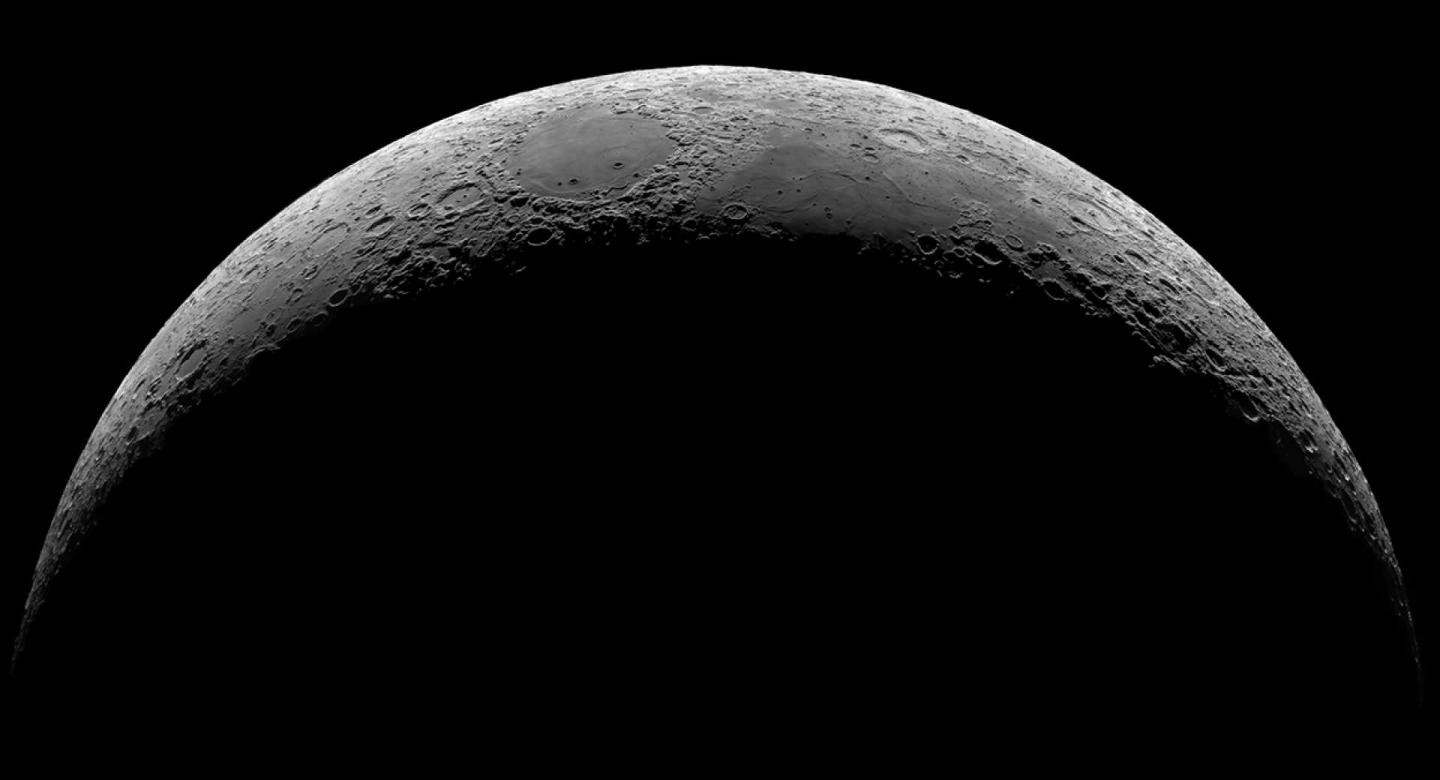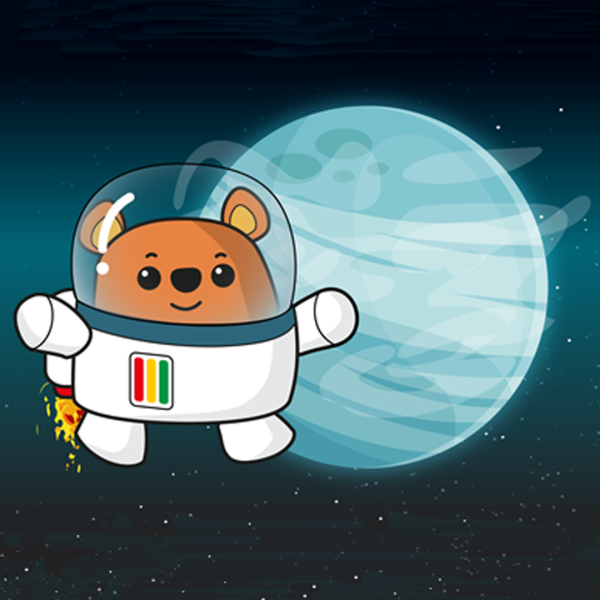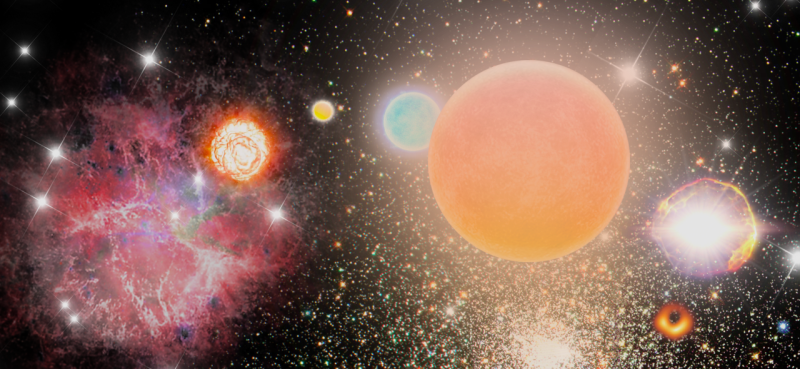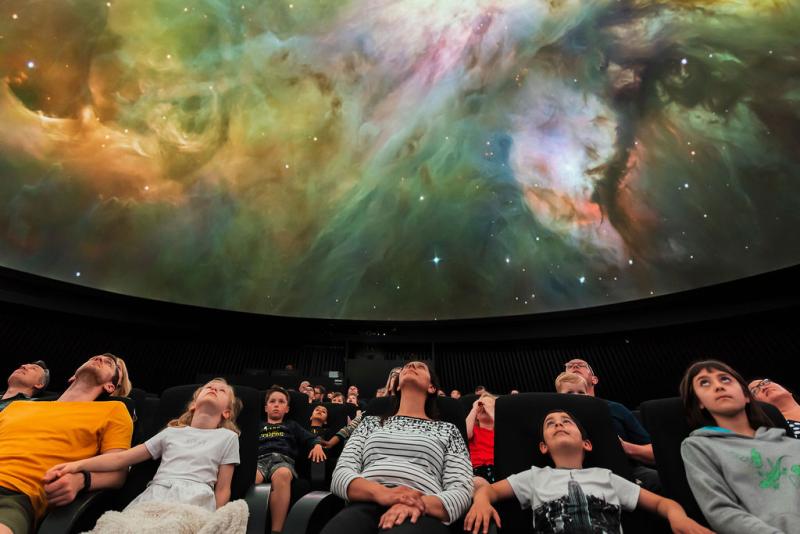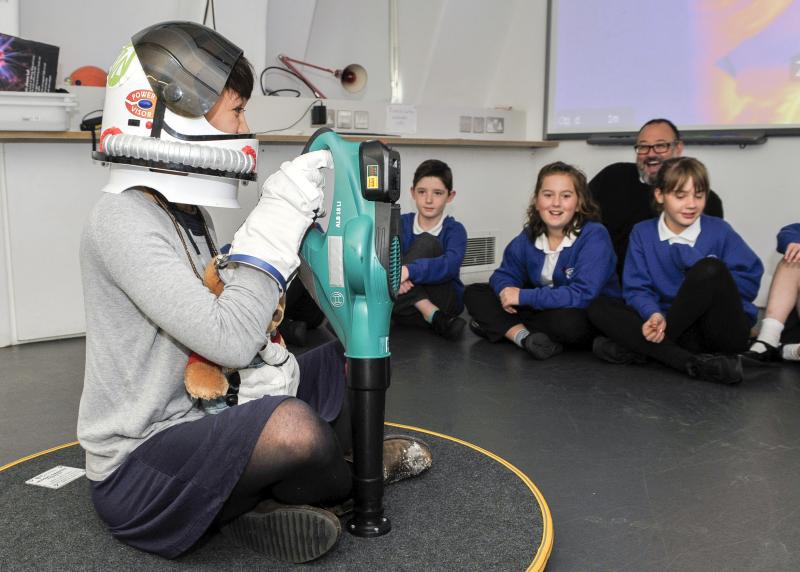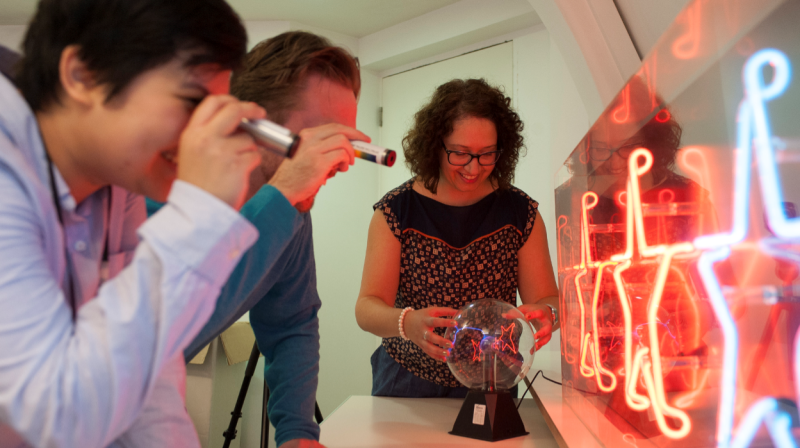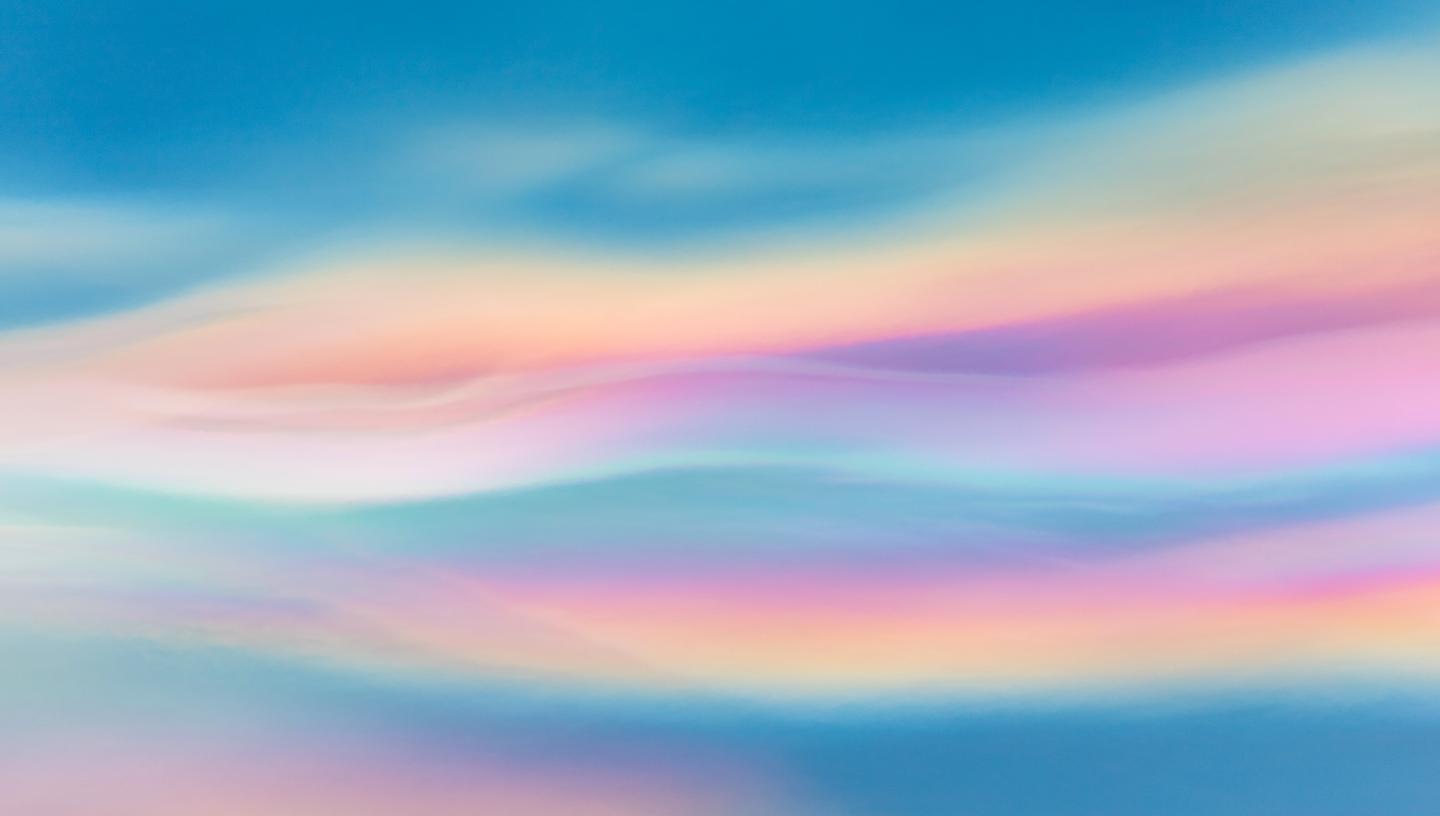
Discover what to see in the night sky in September 2022, including the gas giant Jupiter and some nebulae.
Top 3 things to see in the night sky in September
- 14 September - Lunar occultation of Uranus
- 25 September - Observe some nebulae
- 26 September - Jupiter reaches opposition
(Details given are for London and may vary for other parts of the UK)
Look Up! Podcast
Subscribe and listen to the Royal Observatory Greenwich's podcast Look Up! As well as taking you through what to see in the night sky each month, Royal Observatory Greenwich astronomers pick a topic to talk about.
For September they're talking about a liquid mirror telescope that's opened in India and the Artemis 1 mission launch. Have a listen below, then vote for your favourite news story in our Twitter poll (@ROGAstronomers) during the first week of September.
Our podcast is available on iTunes and SoundCloud
Astronomy in September 2022: key events and what to see
14 September: Lunar occultation of Uranus
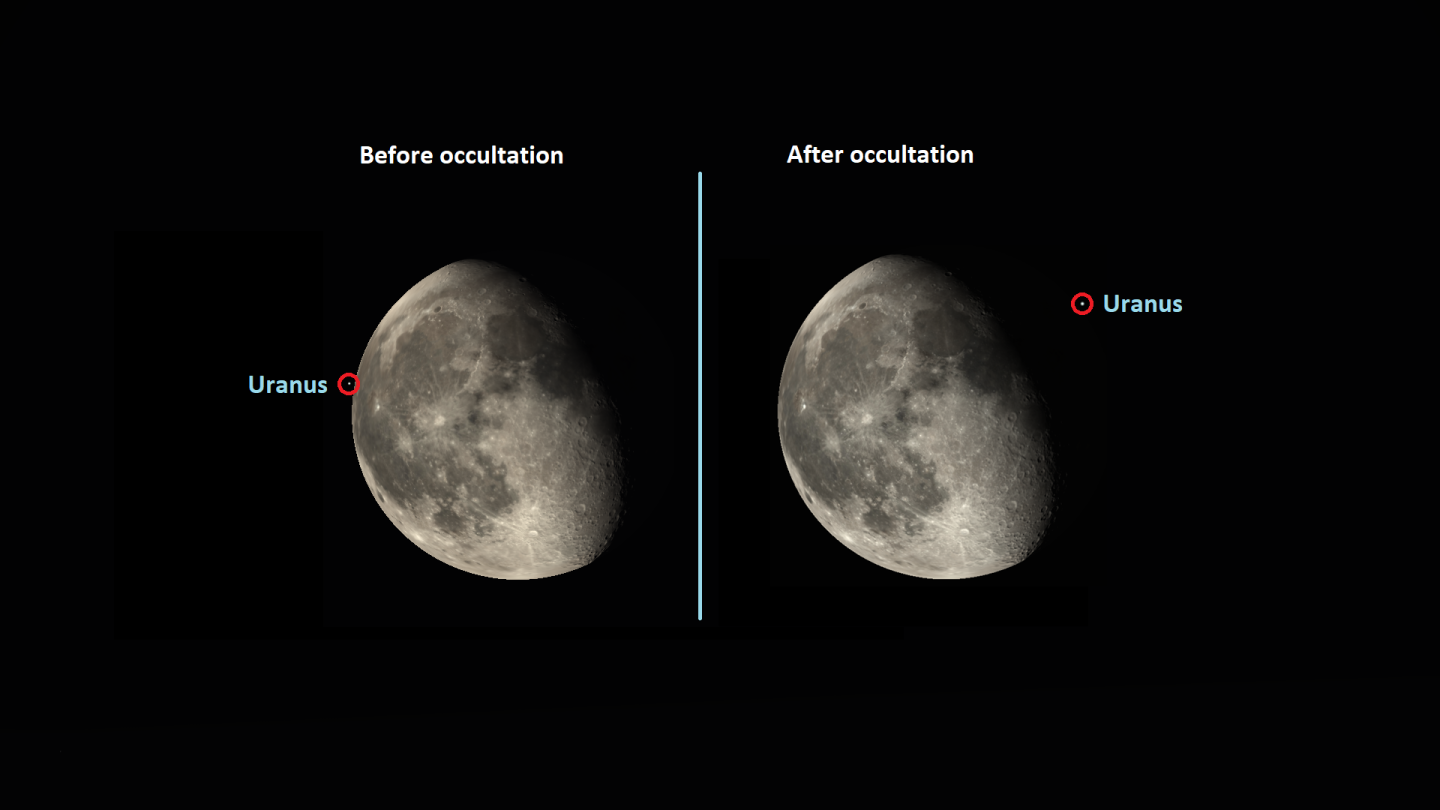
On the night of the 14th, stargazers will be treated to a rare lunar occultation of the distant ice giant Uranus. An occultation occurs when one celestial object passes in front of another, blocking it from view. In this event, the Moon will pass in front of the planet Uranus and will block it from our view. The occultation begins at 10:27 pm when Uranus will disappear behind the sunlit portion/edge of the Moon before reappearing on the unlit side at around 11:20 pm.
Exact timings will vary for your location, so be sure to check with a stargazing app, or an online star map such as Stellarium, to determine the timings for your location. You will need a pair of binoculars or a telescope to enjoy this occultation – just under 80% of the lunar surface will be lit which will make observations a bit more challenging. Fingers crossed for clear skies, but if you do miss this event, there will be another opportunity in December.
23 September: The autumnal equinox
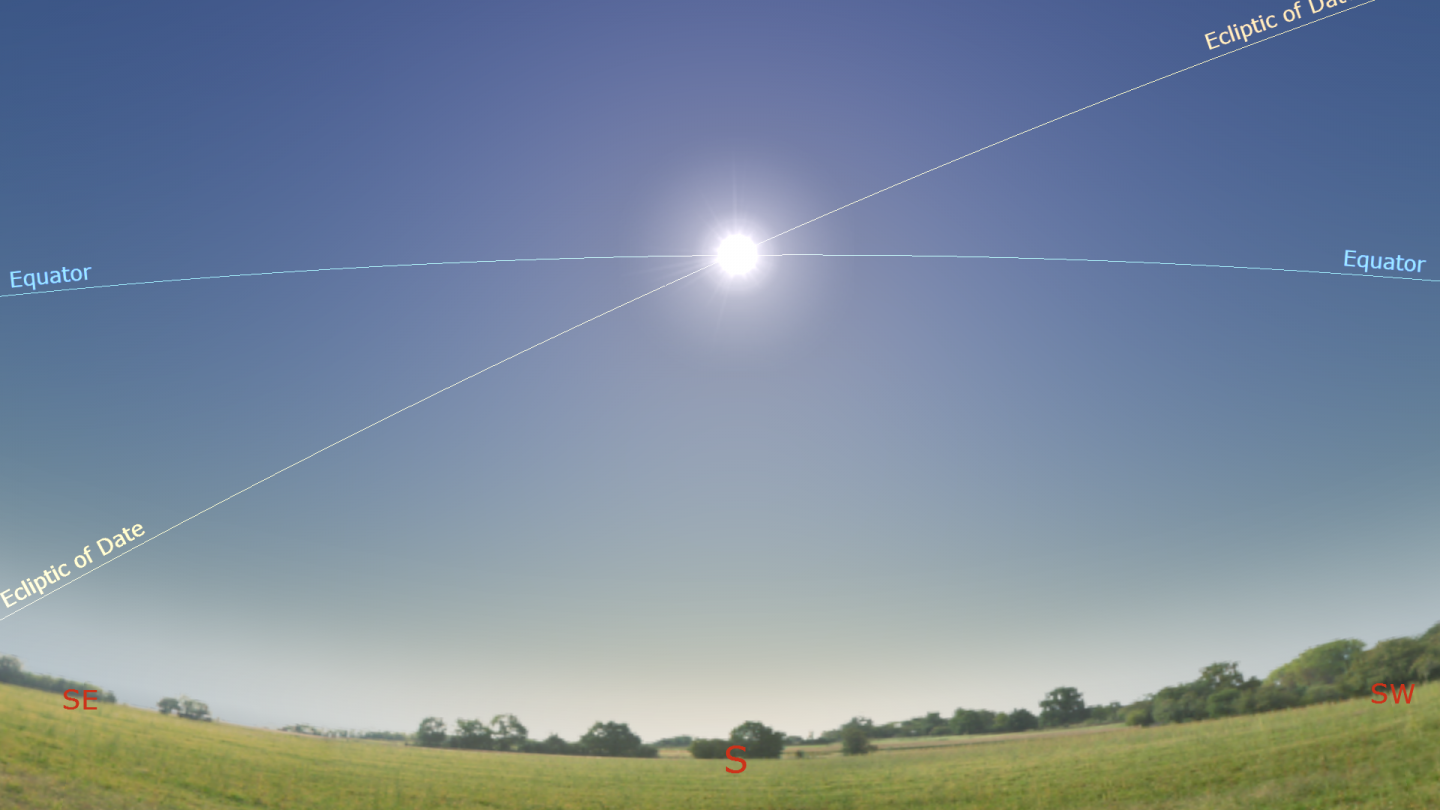
The month of September marks the end of summer and the beginning of autumn. Although many might expect that autumn begins at the start of the month, astronomers use the autumnal equinox, which occurs on the 23rd, to signal the beginning of autumn. An equinox occurs when the sun crosses the celestial equator, the projection of the Earth's equator in space.
At the autumnal equinox in the northern hemisphere, the Sun crosses from north to south. The hours of daylight and darkness will be at their most equal on the 23rd but, more importantly, we will begin to have longer hours of darkness from there on out and so longer nights for stargazing. For those living in the southern hemisphere, September 23rd signals the end of winter and the beginning of spring, with the number of daylight hours steadily increasing.
25 September: Observe some nebulae and a galaxy
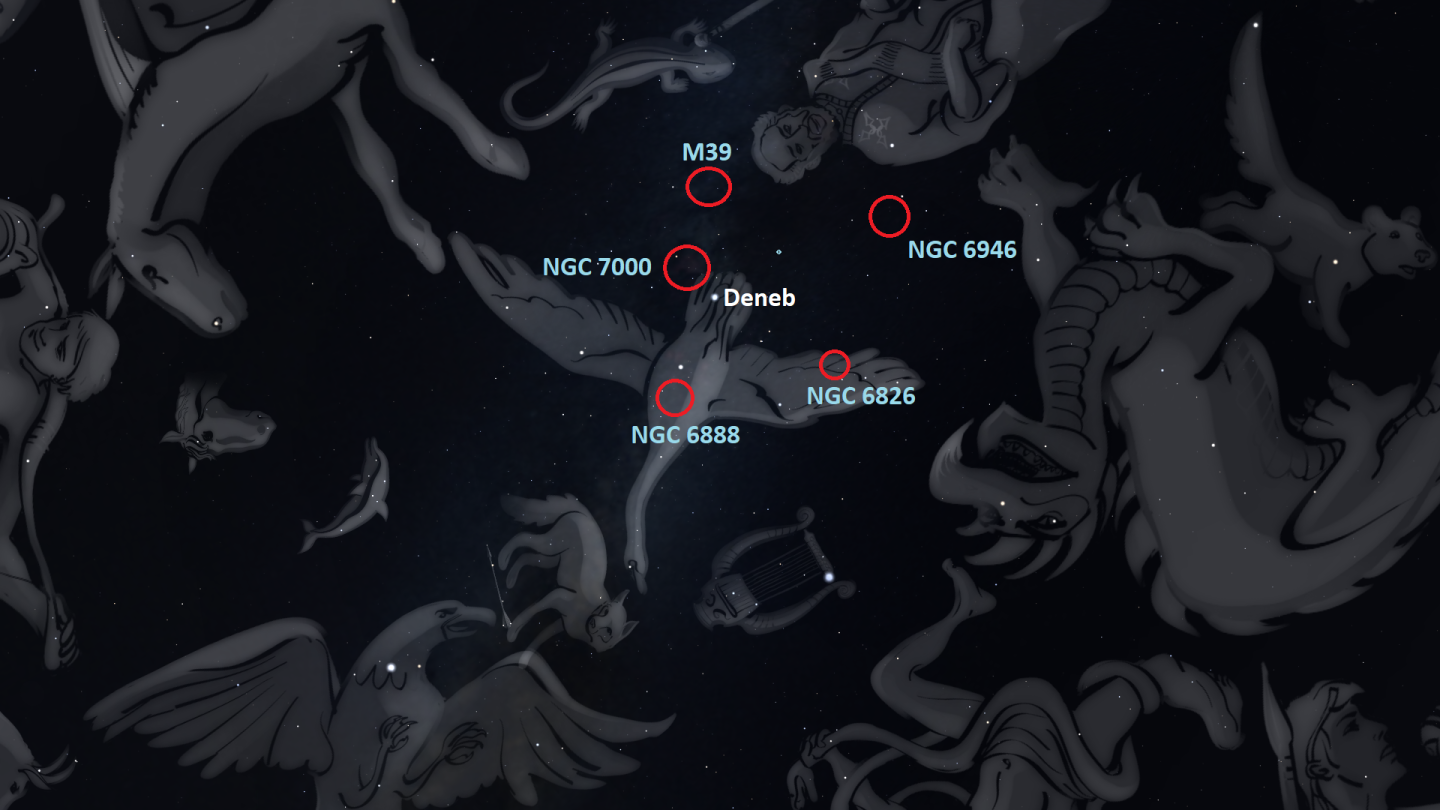
Deep sky objects are great to look out for too as we head into longer and darker nights, especially at the new Moon which falls on the 25th this month. The North America Nebula (NGC 7000), the Crescent Nebula (NGC 6888), the Blinking Planetary Nebula (NGC 6826), and the Fireworks Galaxy (NGC 6946) are all visible in the vicinity of the star Deneb in the constellation of Cygnus and are best viewed through a telescope.
An ultra-high contrast filter may help you see these beautiful objects in more detail as they isolate and pick out specific colours of light characteristic of oxygen and hydrogen which are strongly emitted by planetary and most emission nebulae. If you’re keen to look at some stellar clusters, then you’re in luck because the open star cluster M39 also lies within the vicinity of Deneb.
The cluster lies around 800 light years away from us and 30 stars have been proven to be members of this cluster. If you’re up for a challenge, and if you’ve got really good observing conditions, see if you can spot this cluster with the unaided eye.
26 September: Jupiter reaches opposition
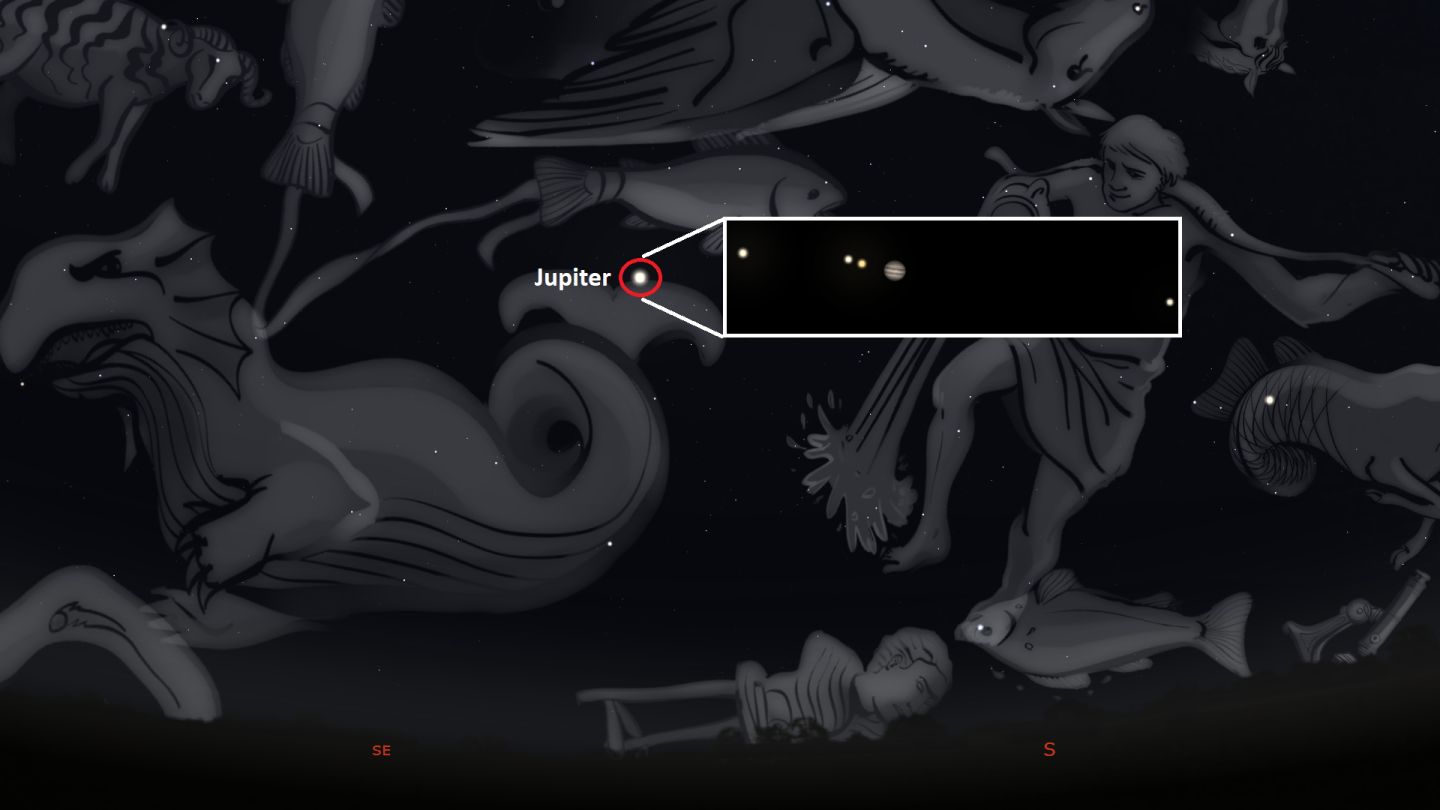
Jupiter, the largest planet in our Solar System, reaches opposition on 26 September making this the best time to have a look at the King of the planets. When a planet is in opposition, it means the Earth is directly between it and the Sun, making the planet appear bigger and brighter to us. Jupiter will be bright enough that it will be visible to the naked eye, but your best views of the planet will be through a pair of binoculars or a telescope.
Through a telescope, you might be able to see the bright and dark bands that wrap their way around the planet. These are called the belts and are regions where the gas in Jupiter’s atmosphere is sinking downwards. Jupiter’s atmosphere is dominated by hydrogen and helium, while the rest is made up of compounds such as methane, ammonia and water. It’s these compounds that form the colourful clouds that give Jupiter its distinctive stripy appearance.
While you’re gazing at the planet, direct your attention off to the sides and see if you can spot the four largest moons of Jupiter, the Galilean moons Io, Europa, Ganymede and Callisto. The icy moon Europa is believed to contain a salt-water ocean beneath its icy surface and is one of the most promising places in our solar system in the search for life beyond our home planet.
Southern Hemisphere - Throughout the month: Spot galactic clouds
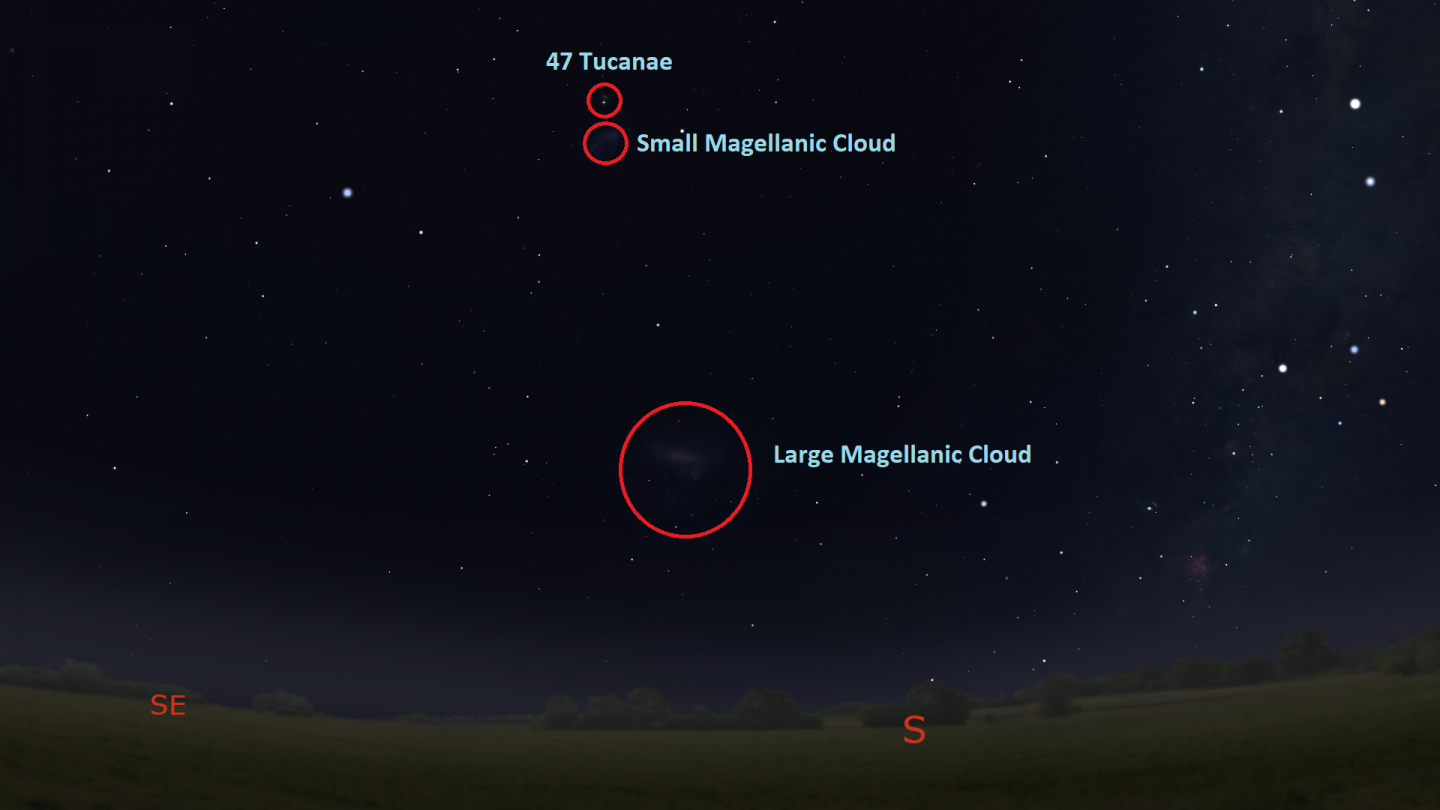
For keen stargazers, there’s nothing more frustrating than clouds popping up in the night sky, unless you’re in the Southern Hemisphere and the clouds you’re looking at are the Large and Small Magellanic Clouds, in which case you’ll be delighted! Appearing as fuzzy clouds in the southern sky, they might seem to belong to our own galaxy but they are in fact galaxies of their own and are satellite galaxies of the Milky Way.
Both galaxies are pretty far from us – the Large Magellanic Cloud lies around 180,000 light years from Earth while the Small Magellanic Cloud lies around 200,000 light years from Earth. Located in a galaxy far, far away, well at least in the Large Magellanic Cloud, you’ll find a massive star forming region called the Tarantula Nebula. It’s a region so massive that if it was shifted to the location of the Orion Nebula inside our home galaxy, the Tarantula Nebula would cover a quarter of the sky and would be visible during the day!
After admiring these galactic clouds, you can return your attention closer to home and look at a stellar swarm. Lying close to the Small Magellanic Cloud is the globular star cluster 47 Tucanae, or 47 Tuc for short. This breathtaking cluster is home to hundreds of thousands of stars, all tightly bound by gravity.
The Moon's phases this month
- 3 September: first quarter Moon (7:08 pm)
- 10 September: full Moon (10:59 am)
- 17 September: last quarter Moon (10:52 pm)
- 25 September: new Moon (10:55 pm)
If you're a fan of the Moon, then see some of the shortlisted images in the 'Our Moon' category of the 2022 Astronomy Photographer of the Year competition
Stargazing Tips
- When looking at faint objects such as stars, nebulae, the Milky Way and other galaxies it is important to allow your eyes to adapt to the dark so that you can achieve better night vision.
- Allow 15 minutes for your eyes to become sensitive in the dark and remember not to look at your mobile phone or any other bright device when stargazing.
- If you're using a star app on your phone, switch on the red night vision mode.
See our range of observing equipment
Share your pictures
This month's banner image is 'Van Gogh's Sketchpad' by Jin Yang. It was one of the shortlisted images in the 2021 Astronomy Photographer of the Year competition.
Do you have any images of the night sky? If so, why not share your photos via our Royal Observatory Astrophotography Facebook group.
You can also connect with us via Twitter: @ROGAstronomers
Never miss a shooting star
Be the first to hear space and astronomy news from the Royal Observatory Greenwich. Sign up to our space newsletter now.
Planetarium Shows
Join us for live planetarium shows
Royal Observatory Greenwich YouTube Channel
Subscribe to our YouTube channel and join us on a journey through time and space as we explore our Universe. You'll find a selection of videos on our channel, including our Observatory Online video series in which our astronomers explore different topics in astronomy and space exploration.
Resources for teachers and students
The Royal Observatory Greenwich's learning team has also created:
- Free animated videos that answer the biggest questions in astronomy and free resources to go alongside them.
- A whole host of podcasts featuring interviews with real space scientists, astronauts and active researchers working in UK universities.
- A 'learning at home' hub which contains a suite of resources for you to use at home.
